OBM Emulsifier Primary
In oil well drilling, primary OBM emulsifiers play a crucial role and are standardized by NISOC. These chemical substances aid in forming emulsions, thereby increasing the stability and efficiency of drilling mud. Emulsifiers are used in both oil-based and water-based muds and can help control properties like viscosity, surface tension, and even pore pressure. In bi-phase drilling muds (oil and water), primary emulsifiers facilitate the mixing of these two phases, creating a uniform and stable liquid.
This can prevent drastic changes in the properties of the mud and issues such as equipment blockages or mud leakage. Economically, the use of emulsifiers can reduce costs by increasing the efficiency of drilling operations and reducing the consumption of other additives. Environmentally, their impact varies depending on the type used, but there are options with minimal environmental impact.
OBM Emulsifier Secondary
Secondary OBM emulsifiers are also vital components in oil well drilling operations, especially in oil-based drilling muds. While primary emulsifiers impact the initial stability of the emulsion, secondary emulsifiers enhance this stability and improve the overall efficiency of the drilling mud. They often work concurrently with primary emulsifiers to maintain a uniform and stable liquid mixture, ensuring the integrity of the emulsion over time and under varying environmental conditions. Secondary emulsifiers may also provide additional capabilities, such as controlling fluid loss, reducing surface tension, and improving the rheological properties of the drilling mud. They can assist in the efficient suspension of solids and may be used to regulate the wettability and stickiness of rock surfaces, leading to better mud adhesion and reduced well instability.
This substance meets NISOC standards and is used to disperse water particles among diesel particles, creating a stable and appropriate emulsion between water and diesel. Economically, secondary emulsifiers can enhance drilling process efficiency, potentially leading to overall operational cost reductions. Environmentally, their impacts vary based on their chemical composition, but options with the least environmental impact are usually available for consideration.

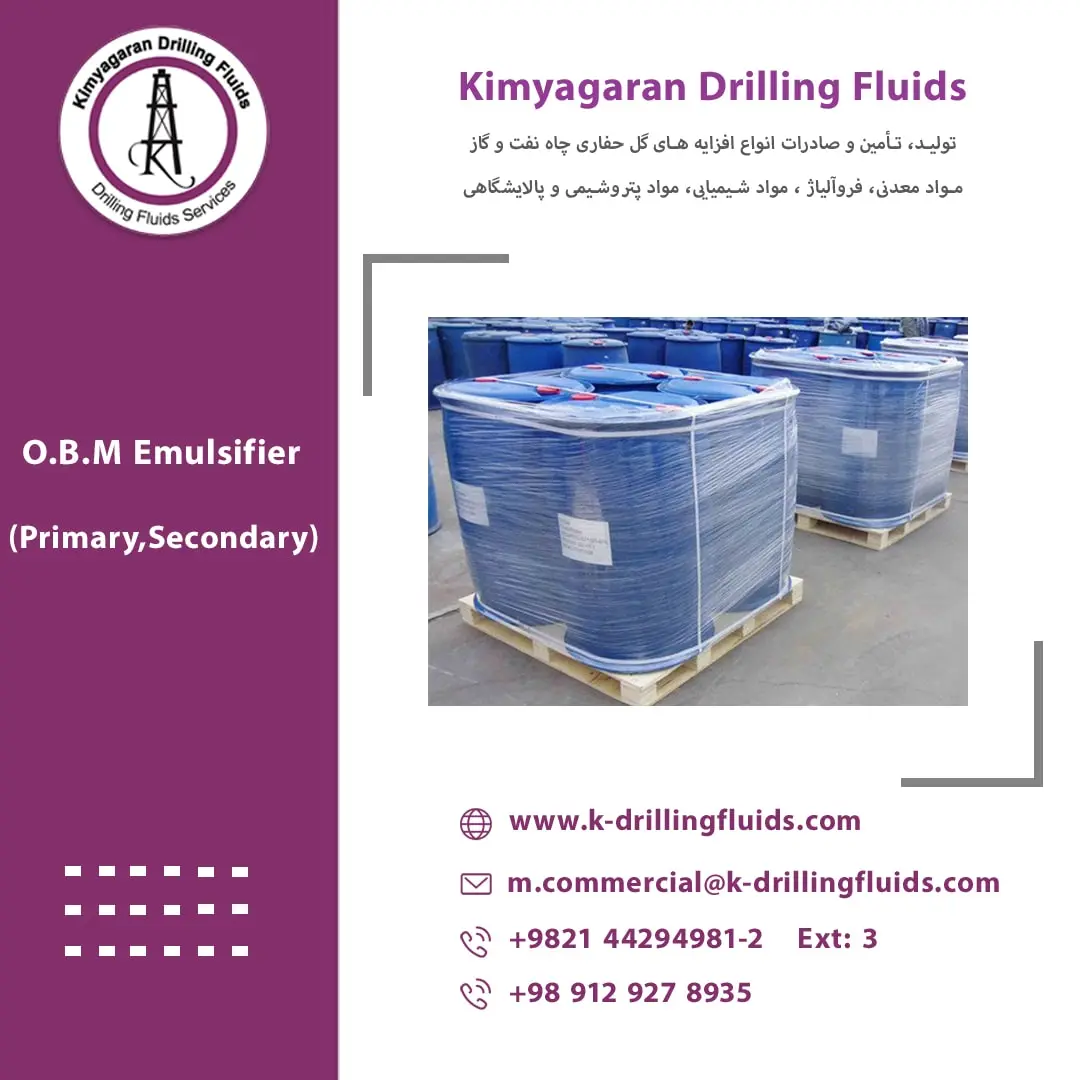
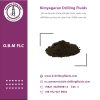
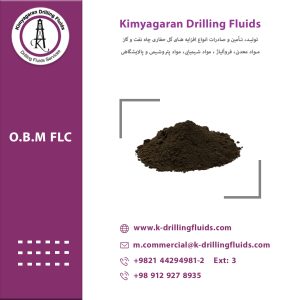

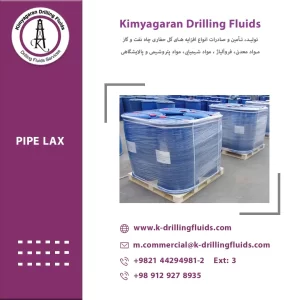
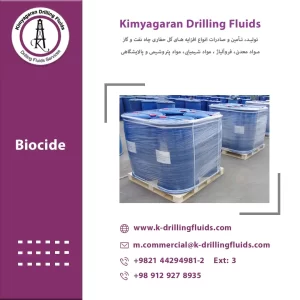
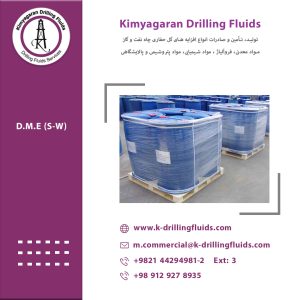
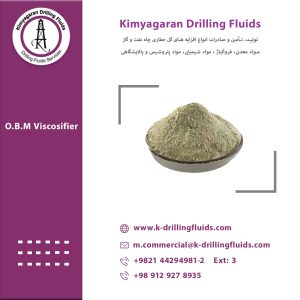
Reviews
There are no reviews yet.